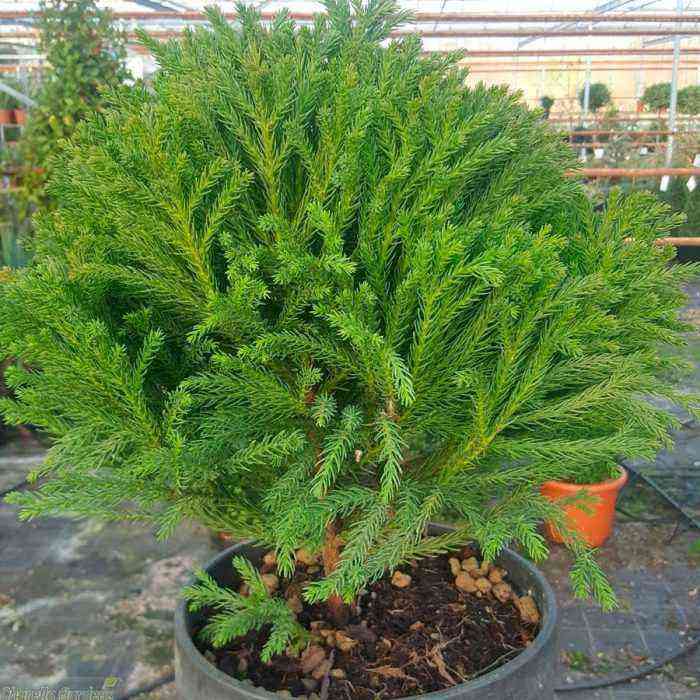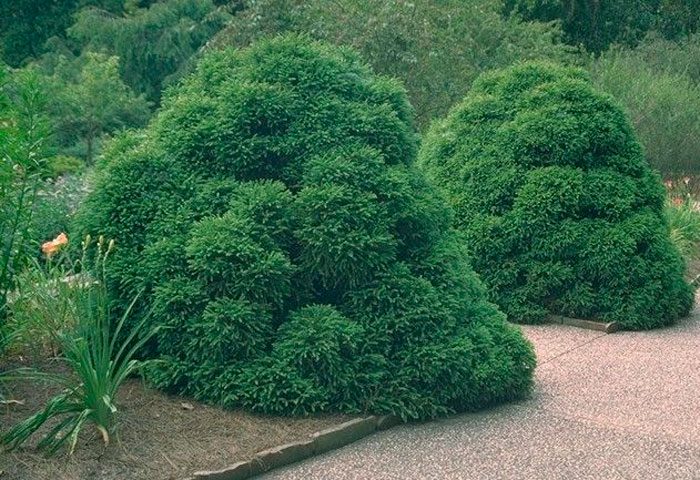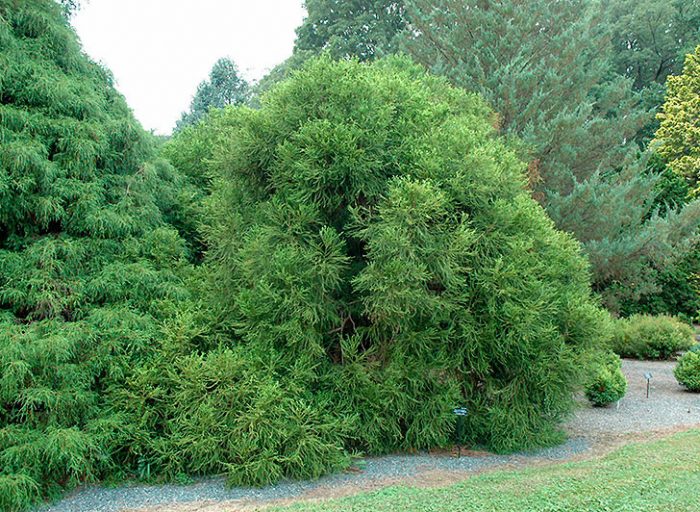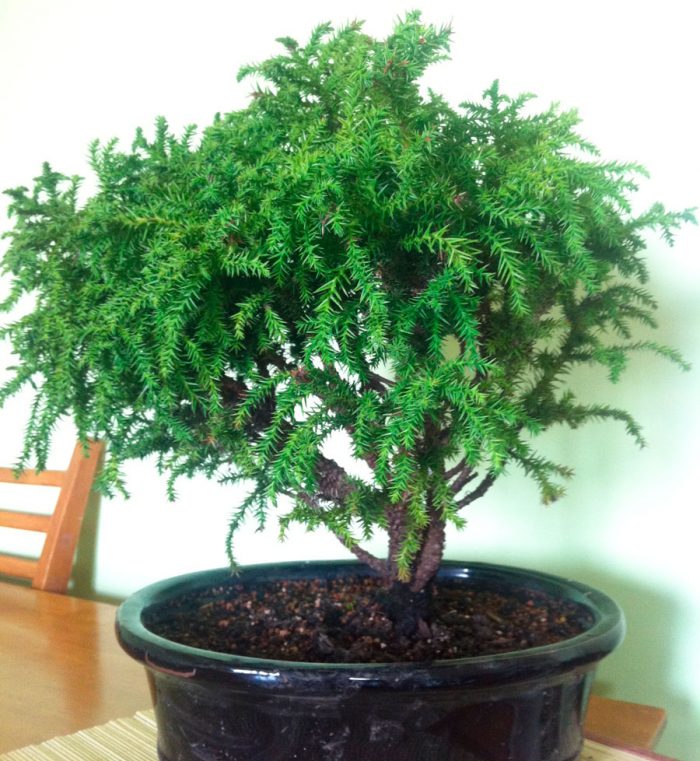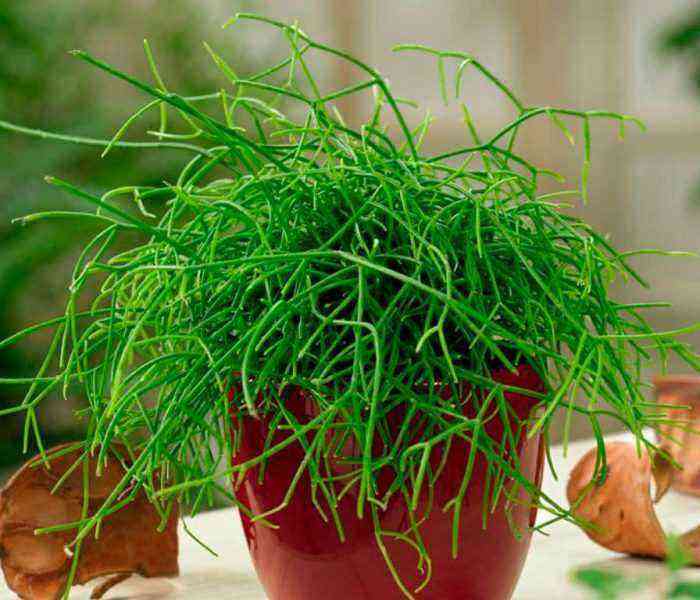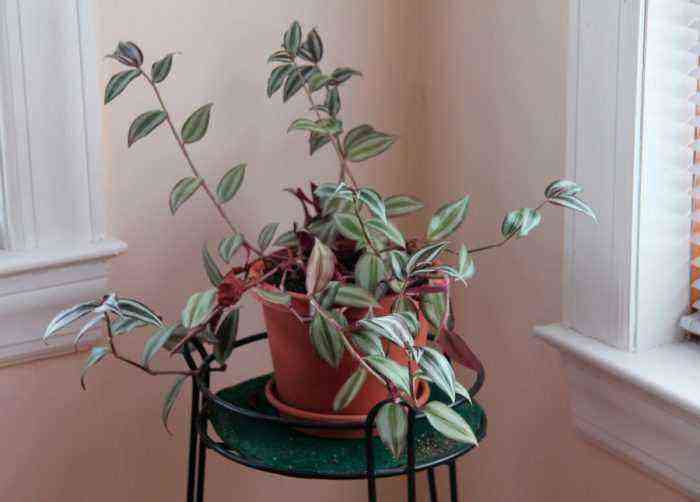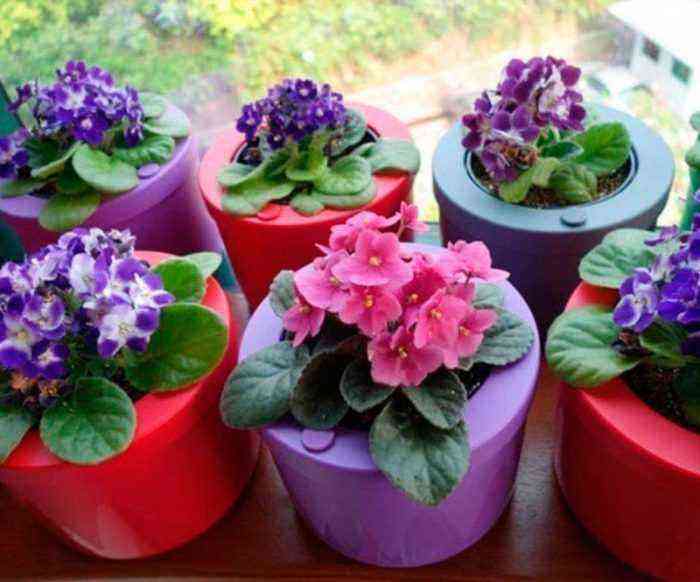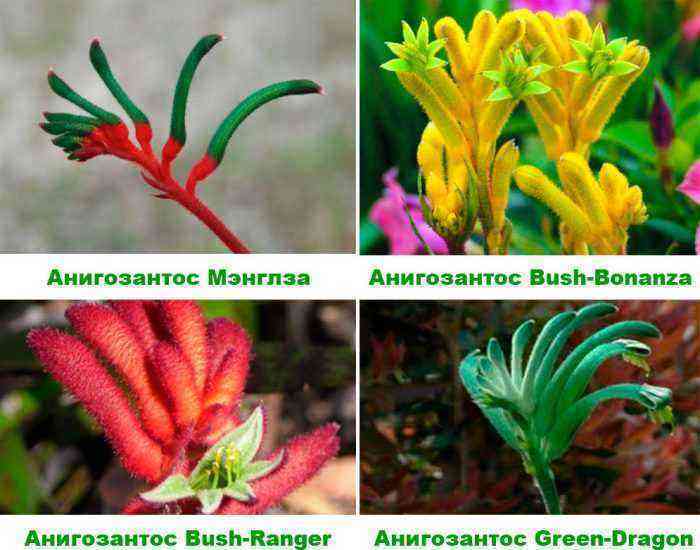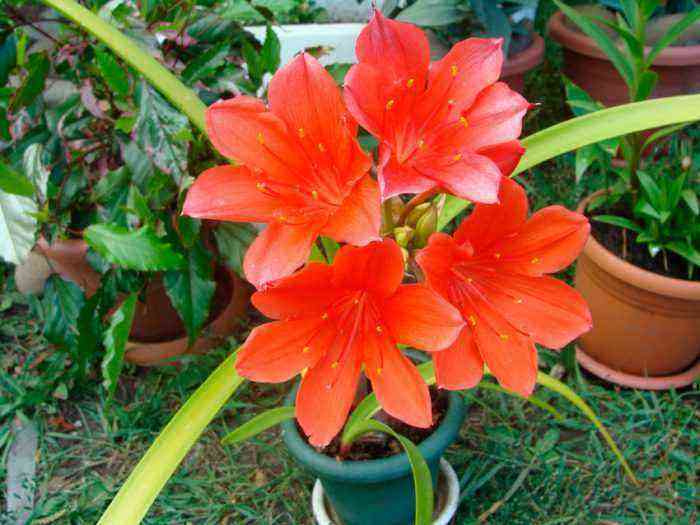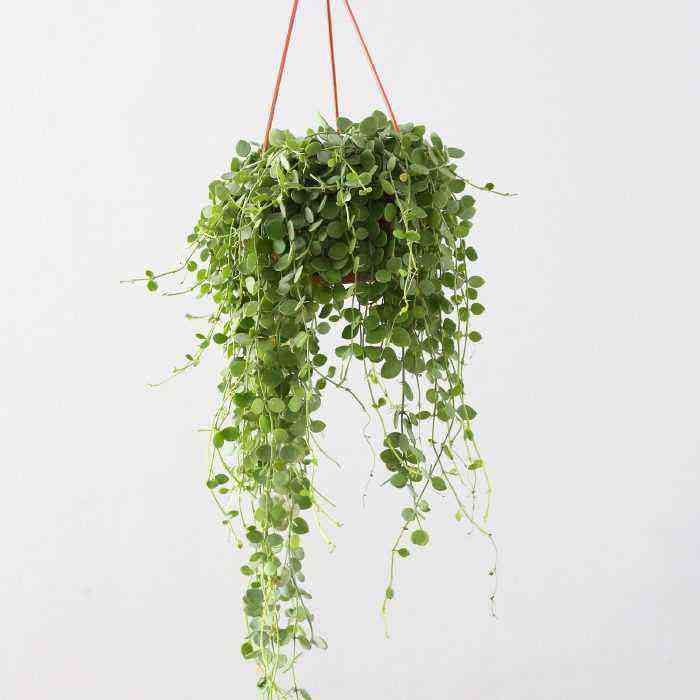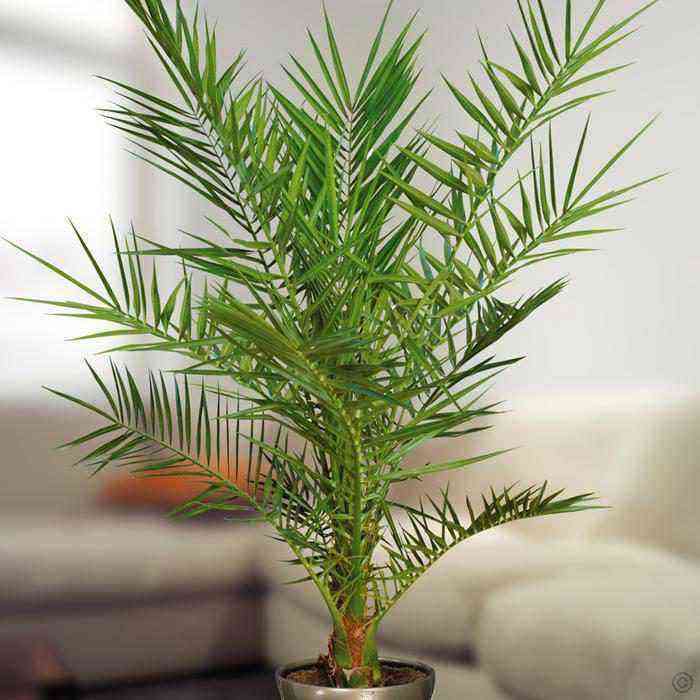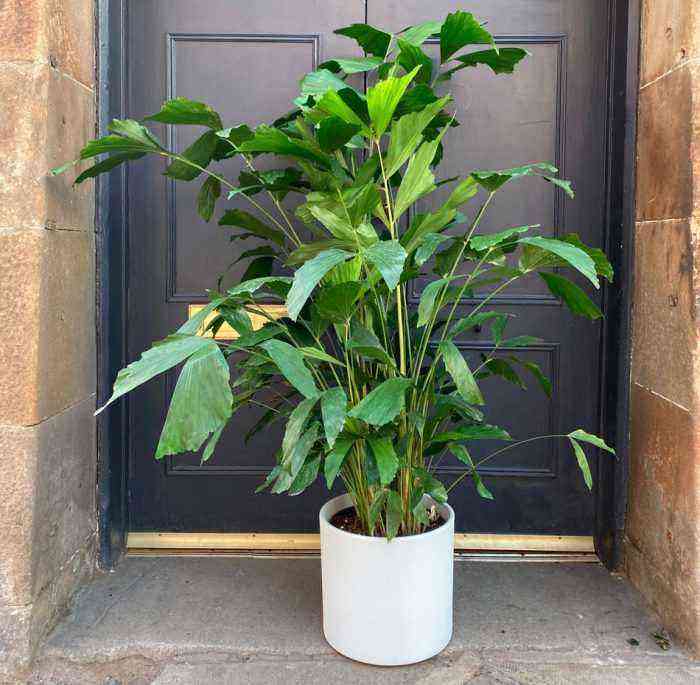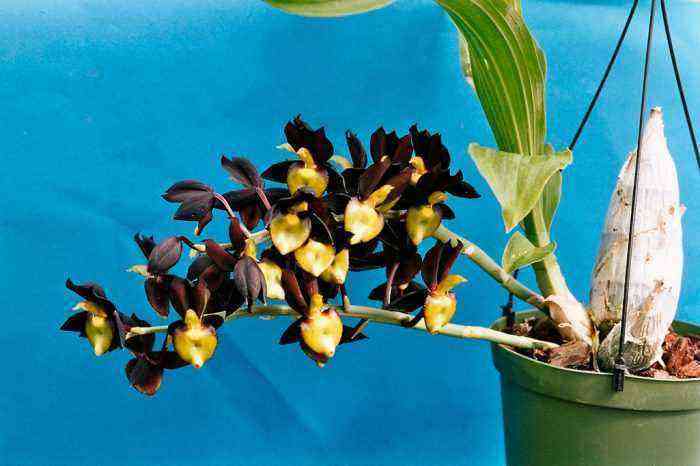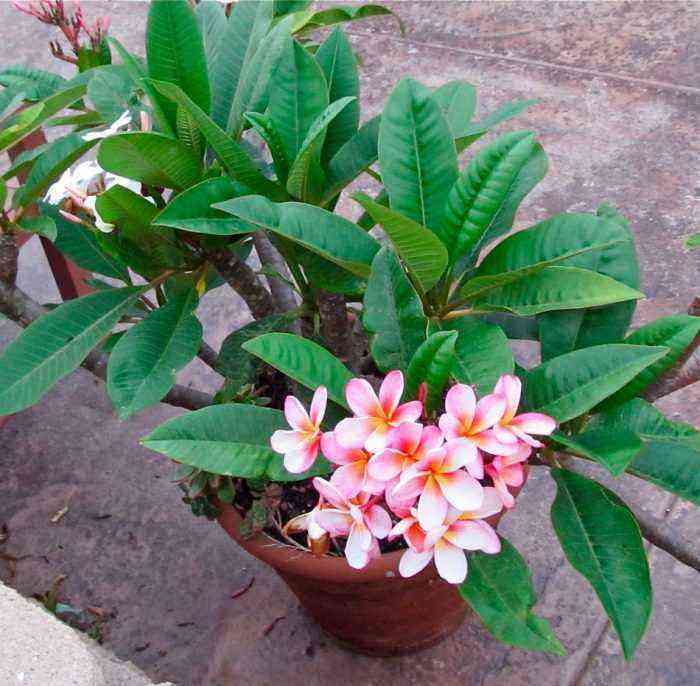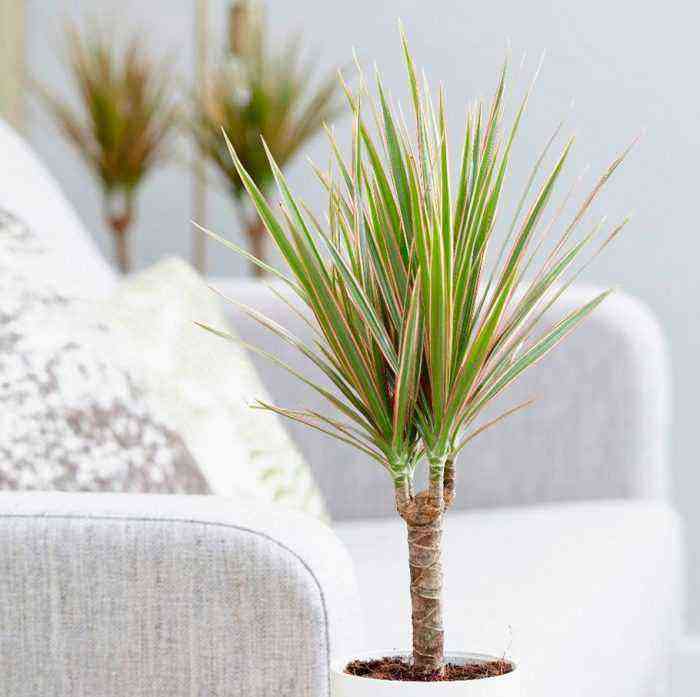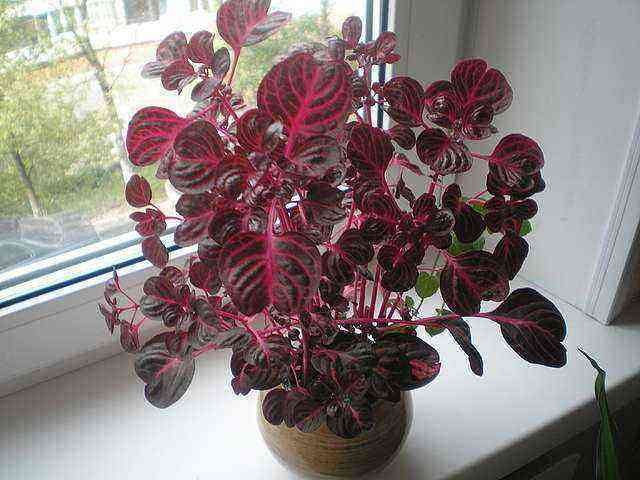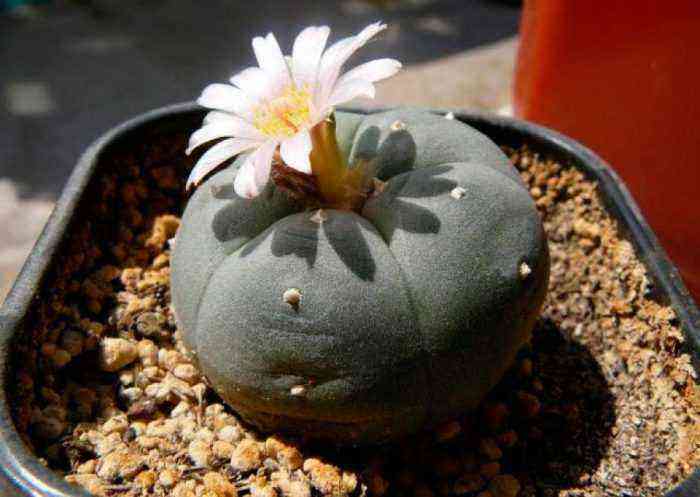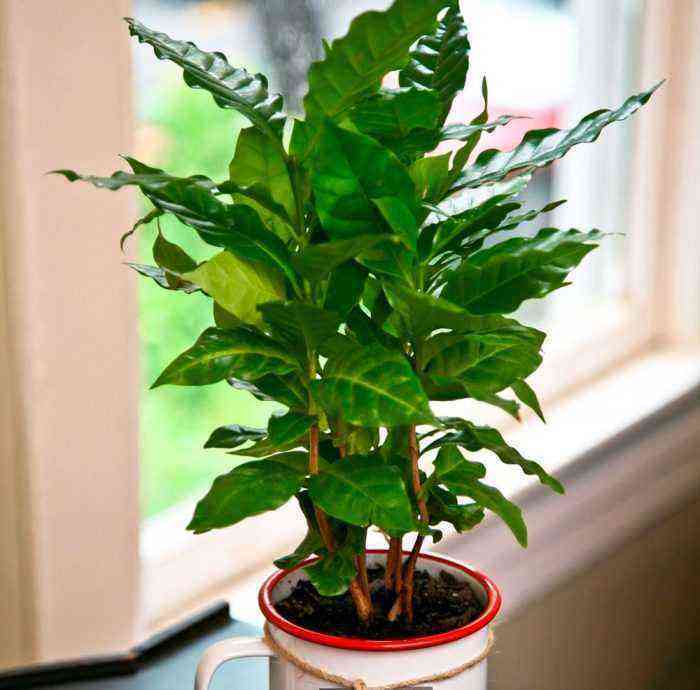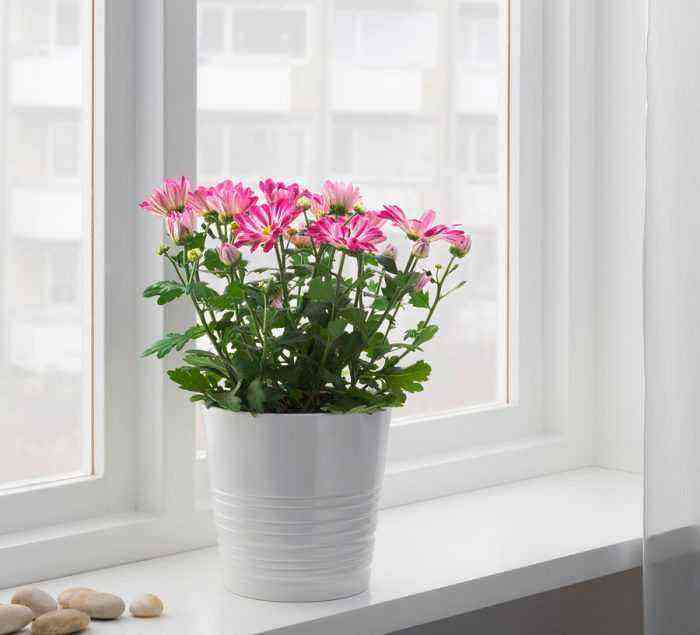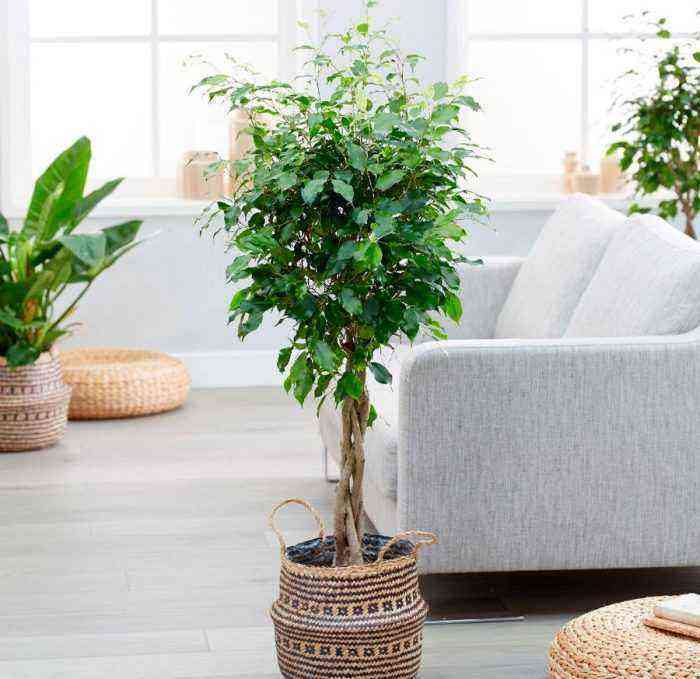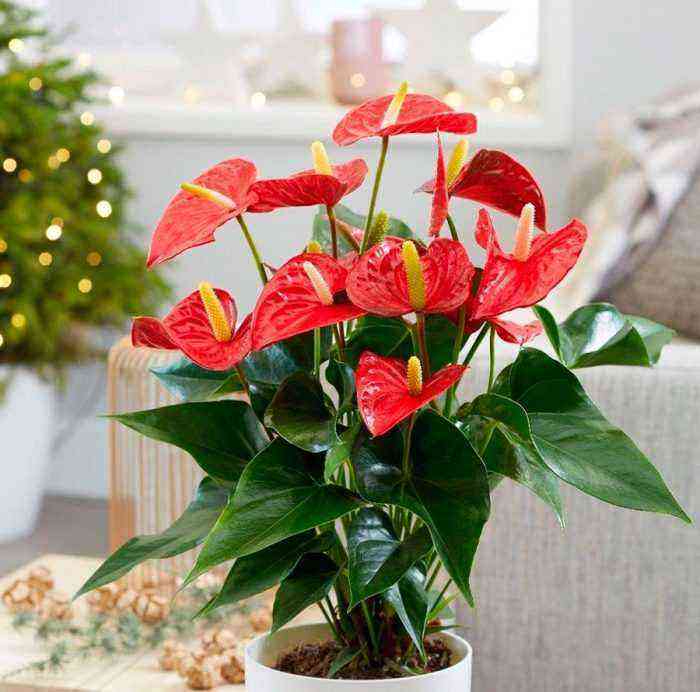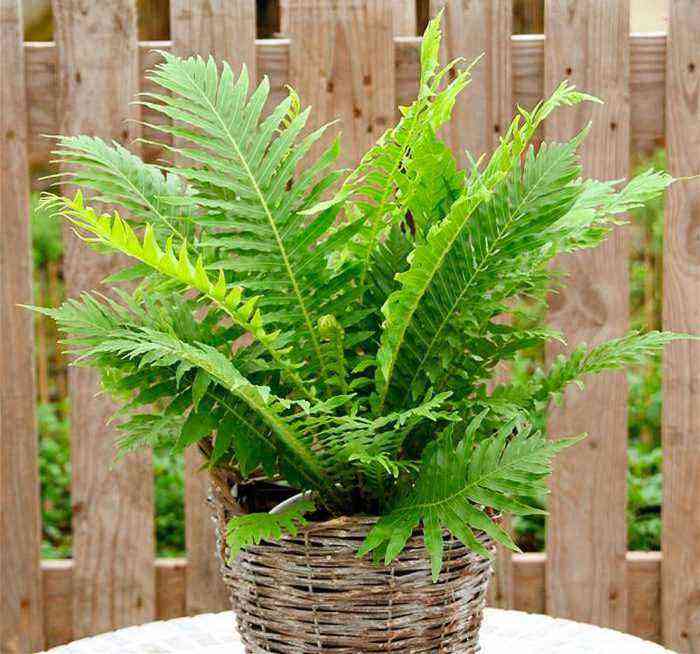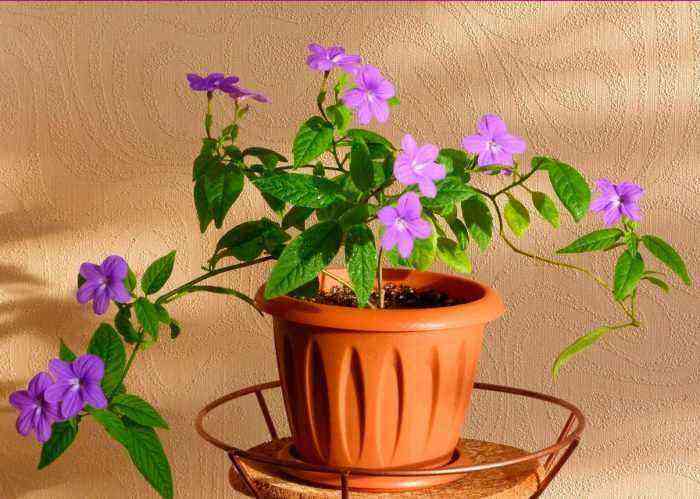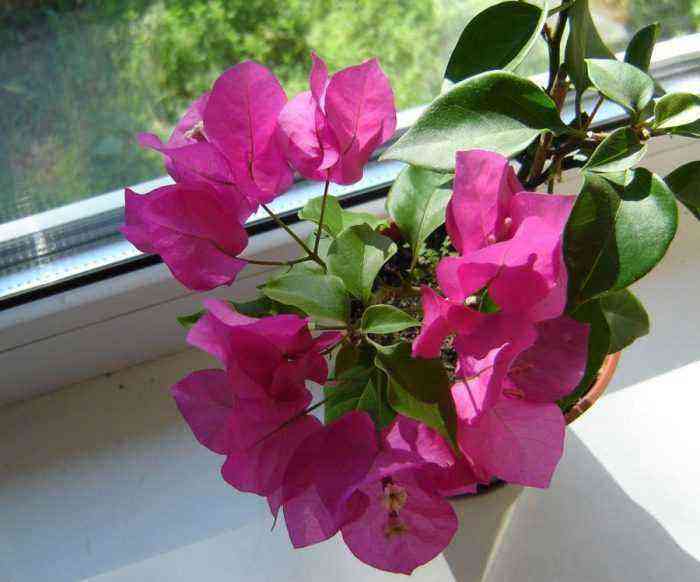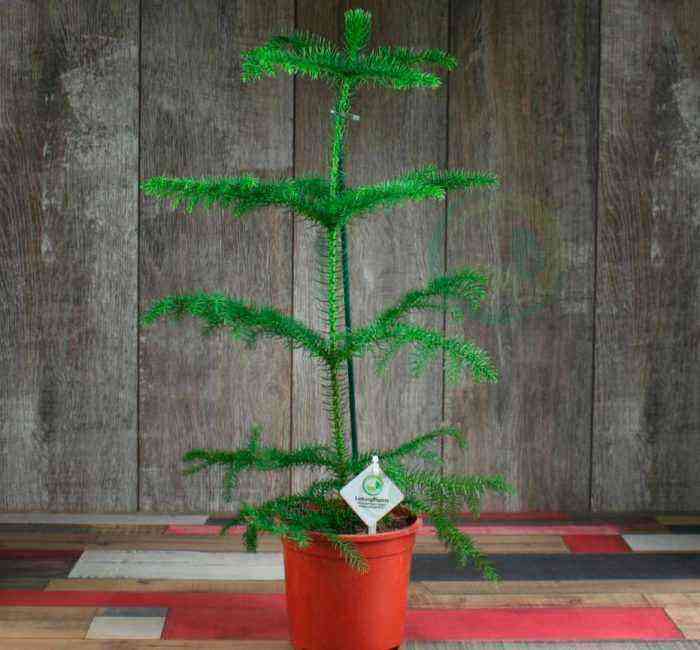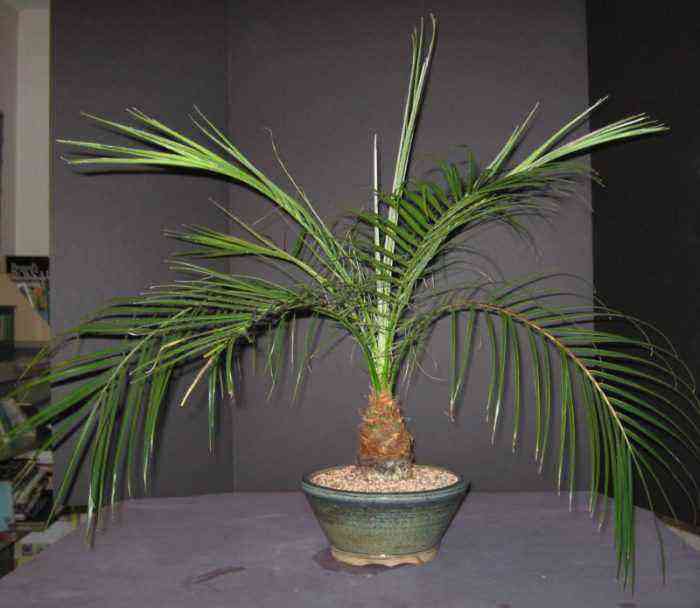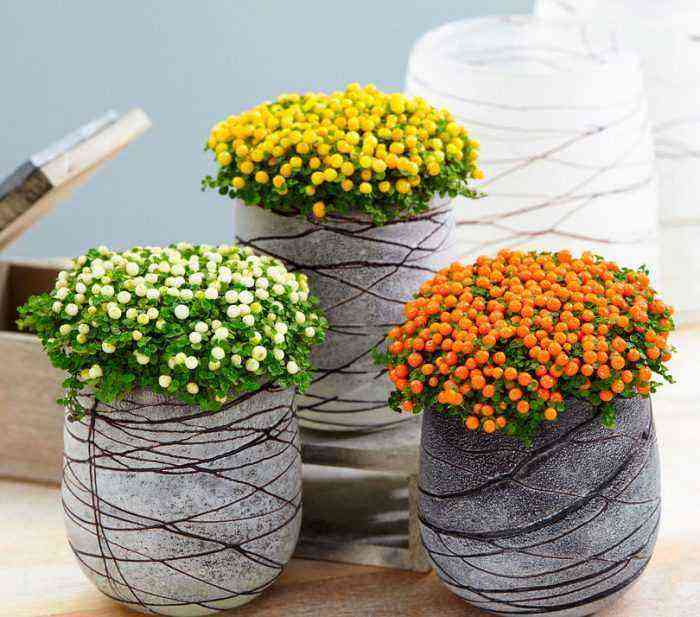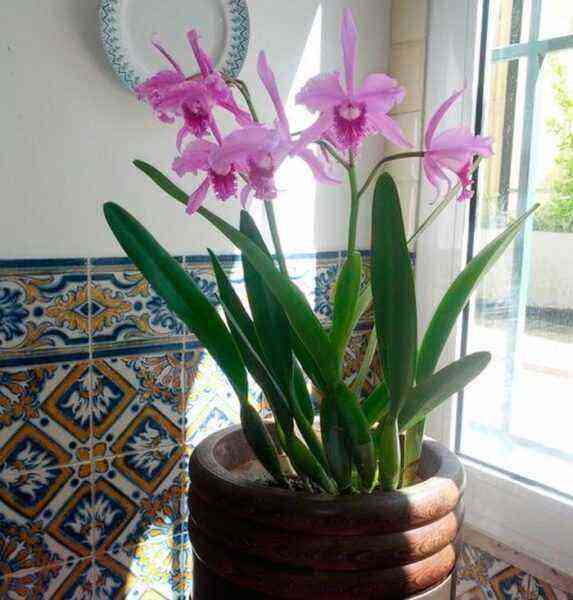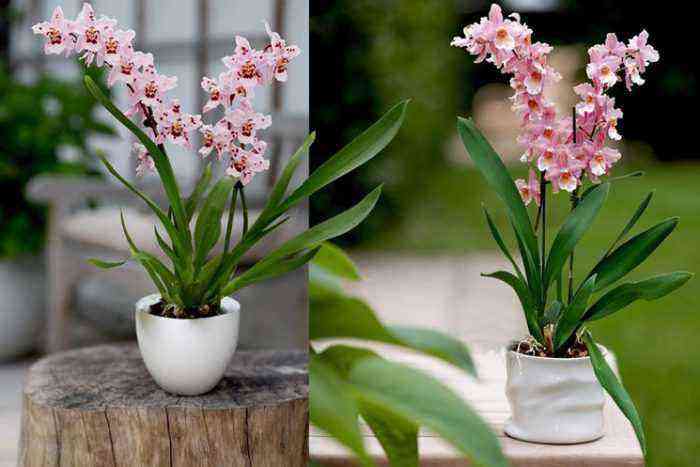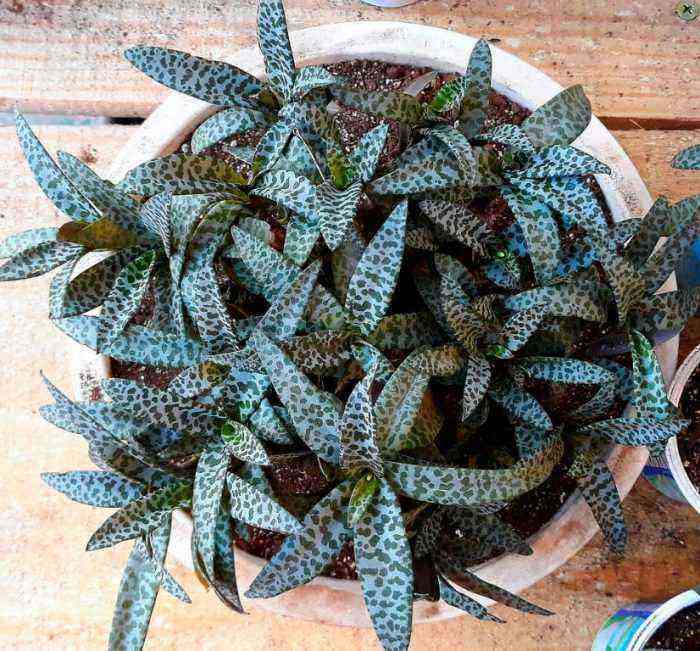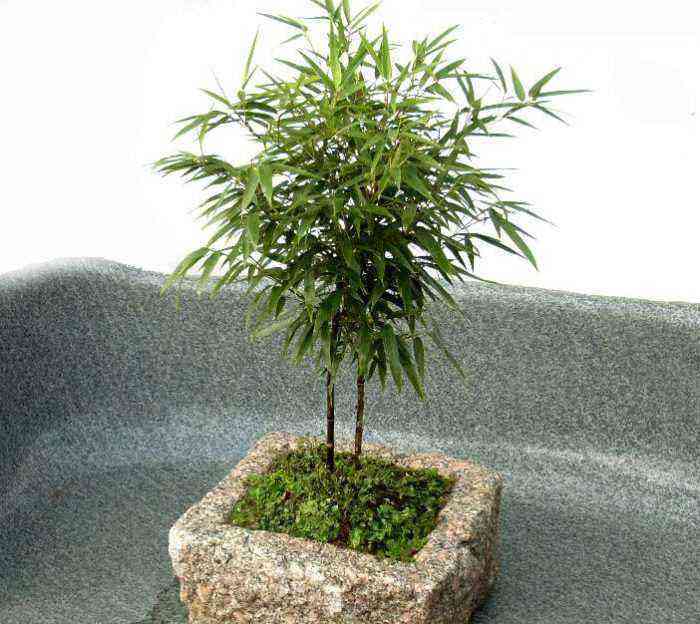Cryptomeria Is an evergreen tree that has an incredibly spectacular appearance. Despite the highest decorative attractiveness, this plant is grown by a very small number of amateurs. This is by no means related to the fact that it is very demanding to care for. The thing is that cryptomeria takes up a lot of space, and most gardeners prefer to grow useful trees on their site, for example, such as pears or apple trees. Of course, it can be grown in the house, but not everyone will be able to allocate a suitable place there. In this regard, this tree is grown only by true amateurs.
What is cryptomeria
The homeland of this ephedra is China, and this plant belongs to the cypress family. In Japan, cryptomeria is revered and considered by many to be a national symbol. In the wild, there are plants that are many hundreds of years old and their trunk has not only an incredible thickness, reaching in some cases 2 meters, but also a height of 60 meters.
This evergreen tree has a lot of external similarities with the araucaria. His crown is pyramidal, and dark green needles with a bluish tint are 3 and 4-sided. In Europe, they learned about this plant only in 1842.Since that time, cryptomeria is considered a valuable plant for landscape design.
Garden forms
There are more than a couple of hundred species of this conifer. An incredibly beautiful monoecious plant, the pyramidal crown of which has a shape reminiscent of a pin, which looks very impressive and elegant. All species of this coniferous tree love moist acidic earth and plenty of sunshine. Taking care of them is easy enough.
Several common types
- “Golden” – This species stands out from the rest in that its young shoots have a very unusual yellow-golden color.
- Vandai-sugi – such a conifer is very popular among European gardeners and belongs to the dwarf form. The tree grows not very tall and has fluffy spreading branches, which are decorated with green needles, which have a beautiful bluish tint.
- Elegans (slow growing) – this tree has feathery needles of a very unusual shade. In summer, it is colored green-brown, but as winter approaches, it changes to violet-green and red-bronze. This variety just feels great in mid-latitudes. It has properties such as smoke, frost, dust and drought resistance. Also, this plant can be grown in partial shade, without fear that this will somehow negatively affect the color of the needles or the growth and development of the tree itself.
- Vilmoriniana – this dwarf tree has gained popularity among gardeners precisely for its short stature. For 12 months, this beauty with lilac-red needles grows only 3-4 centimeters. In the garden in the winter snowy months, it looks especially impressive.
The use of cryptomeria in landscape design
Certain varieties of this evergreen tree are used in Japan to make bonsai. Also, cryptomeria is especially appreciated in park and garden construction.
The work of breeders has resulted in varieties that can be used in the arrangement of recreation areas.
Garden ornamental varieties are very often planted in parks, and are also used to create forest shelter belts. And the alleys with staggered cryptomeria look very impressive, thanks to which a feeling of dense solidity is created.
Due to the fact that practically the species of this evergreen ephedra are quite thermophilic, they are not planted in regions where severe frosts are observed in winter. Such trees feel very well on the territory of the Black Sea coast and in the Caucasus.
Some growers who are madly in love with cryptomeria grow it at home. This very beautiful tree with a neat crown feels great in indoor conditions. On average, it can grow up to 2 meters in height.
In the winter garden, hall, as well as on balconies or terraces, this plant also feels quite well. For planting, dwarf varieties are chosen, and trees are planted, as a rule, in voluminous tubs. To contain the growth of cryptomeria, it is extremely rarely transplanted, and also infrequently fed. This plant helps to significantly improve the indoor microclimate. It releases essential oils into the air, which have bactericidal and antiviral properties, as well as negative oxygen ions.
How to care for room cryptomeria
Location features and illumination
As mentioned above, this plant is quite photophilous, but it should be borne in mind that when grown at home, it must be protected from direct sunlight. This evergreen conifer can be grown and placed in partial shade. But it’s still better if it receives enough light. In the event that the plant is not very large, then the pot with it can be installed in the walls between 2 windows.
Temperature conditions
In the summertime, the tree is best taken outside. But if this is not possible, then at room temperature it will feel quite acceptable. It is worth considering that the room in which cryptomeria is located must be ventilated very often, since it reacts extremely negatively to stagnant air. Regular ventilation should be carried out both in summer and winter.
In winter, it is necessary to ensure that the room where this conifer is located is not higher than 12 degrees, since the high temperature is contraindicated for it at this time.
How to properly water and feed
Watering should not be too frequent. In general, you should stick to the middle ground. So, the earthen lump should in no case dry out. But you should also not allow stagnation of water in the soil. Otherwise, rotting of the root system may begin, and as a result, cryptomeria will die. In this regard, during transplantation or planting of this plant, it is imperative to take care of drainage.
This tree needs frequent spraying. It must be carried out at least twice a day, and preferably more times. If this is neglected, then the needles will begin to turn yellow and fall off. Watering and moistening the plant is necessary with plain water, but it must be warm (20-25 degrees).
Cryptomeria should be fed only a couple of times a year and in the summer months. For this, mineral fertilizers are used, diluting ½ part of the recommended dosage in water.
Transplant Features
In the first few years of life, this ephedra is transplanted annually. However, it should be borne in mind that this should not be done without special need. Transplant this plant with extreme caution. The thing is that if this procedure is carried out regularly and you take a pot even a little larger than the previous one, then because of this, a very intensive growth of cryptomeria can begin. The same result can be achieved with rare transplants, in the event that the pot is much larger than the previous one. As a result, instead of a beautiful and neat dwarf ephedra, you will grow a huge tree.
Of course, the tree grows, and sooner or later the moment comes when a transplant is simply necessary for it. It is important to take into account that this procedure must be carried out very carefully, and it would even be better to limit it to transshipment. This ephedra has a very sensitive root system and it is better not to disturb it unnecessarily. In the springtime, in adult cryptomeria, only a change in the upper layer of the earth is made.
Reproduction of cryptomeria
You can grow this tree, if desired, from a cuttings or seeds. The second method is quite complicated and is suitable only for experienced florists, as well as breeders. It is best to use the first method for reproduction. To do this, you will need to cut off the non-lignified stalk and put it in a glass of water. It can be pretreated with a preparation that stimulates root growth. After the roots appear, the cutting should be planted in a prepared pot with soil (leaf soil + sand + turf soil taken in a 1: 1: 1 ratio). If everything is done correctly, then soon the young cryptomeria will take root and begin to grow.
